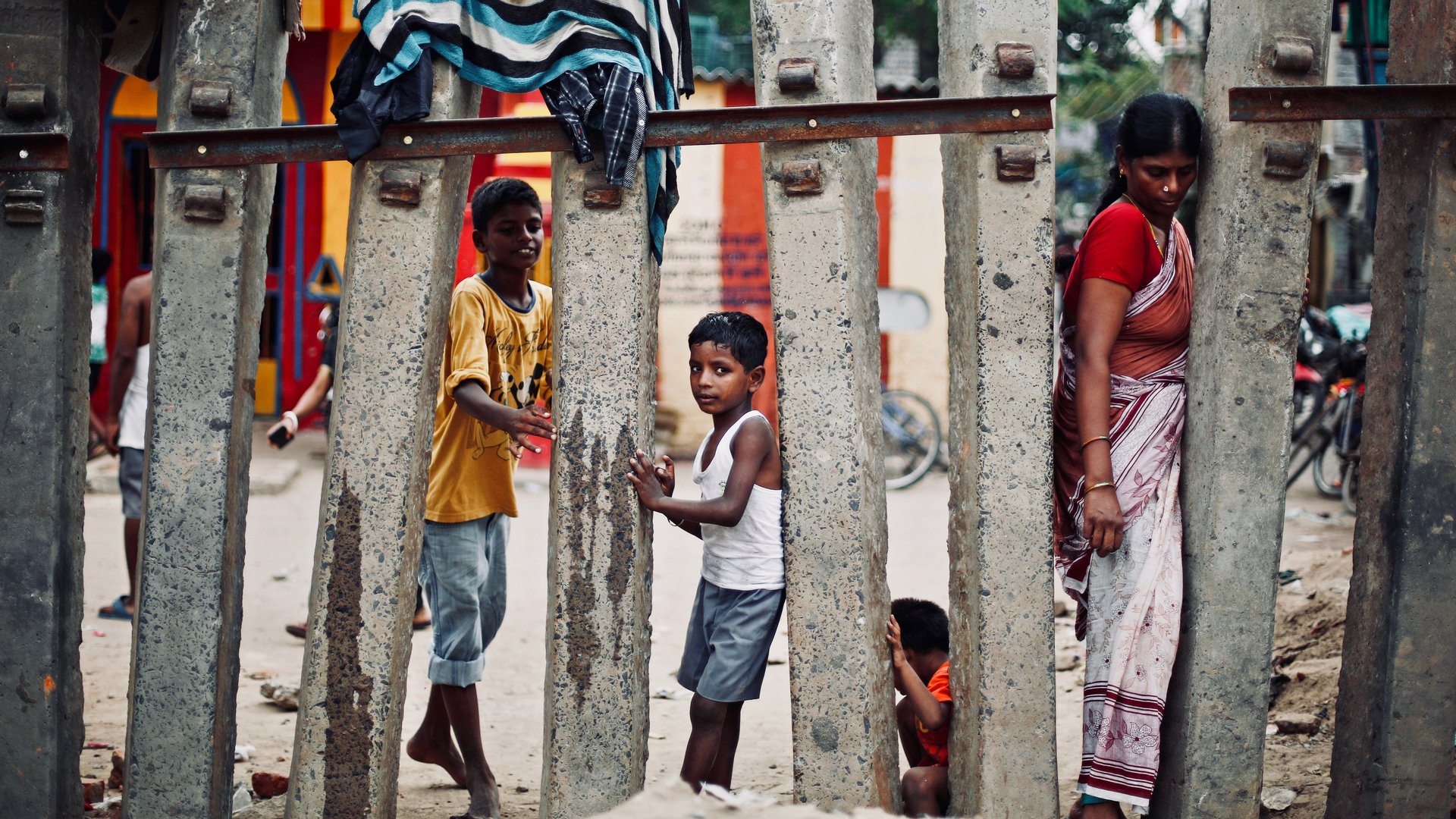Slum tours beat the Taj Mahal as India’s most popular “experience”
One of the largest slums in Asia just became the favorite tourist “experience” for travelers to India in 2019, beating out classic draws like the legendary Taj Mahal.


One of the largest slums in Asia just became the favorite tourist “experience” for travelers to India in 2019, beating out classic draws like the legendary Taj Mahal.
TripAdvisor’s Travelers’ Choice Awards recognized tours to Dharavi in Mumbai as the top “experience” in India and among the top 10 in the “Travelers’ Choice Experiences in Asia” category this year. The 553-acre slum in the heart of India’s capital is home to more than a million people. It is bustling with industry and creativity. It is also, as Quartz India’s Ananya Bhattacharya has noted, a place where “shanty-homes line…narrow alleyways” and “open drains run along the ground, and electric cables hang overhead.”
Tours are offered by a number of Indian companies and are often led by guides who grew up in or currently live in Dharavi. According to the travel publication Trip Savvy, the experience isn’t depressing for visitors or exploitative of locals. “These tours aim to dispel any notions that people may have of Dharavi being a place of misery, and are actually very inspiring. They show what people are capable of achieving despite adverse conditions,” a May 30 article claims.
The sentiment, while well-intentioned, is questionable. Just because the slum’s residents aren’t all visibly depressed doesn’t necessarily means that rich visitors should feel uplifted. Dharavi’s residents are often literate and have electricity, but as BBC News points out, the slum is also “one unending stretch of narrow dirty lanes, open sewers and cramped huts.”
The disparity between how much visitors pay for this allegedly authentic Indian experience and how little slum dwellers survive on gives cause for some pause. On Trip Advisor, a tour company called “Mystical Mumbai” offers a $162-per-adult private guided day trip that includes a visit to “both sides of the city—its colonial-era grandeur and Dharavi slum.” It promises tourists a walk “through Dharavi’s lanes to see the dilapidated huts, cottage industries, recycling projects, and clay potters” and a view of modern and colonial Mumbai, all via private transportation. Rents in the slum start at about $4 a month on the low end, so a single tourist is spending in one day what would buy a resident more than three years of shelter.
Shantytown tours have gained popularity around the world. Roughly 40,000 people visit the favelas in Brazil each year, according to 2016 estimates by Tourism Concern, a UK-based nonprofit that advocates for fair and respectful tourism. Supporters of shantytown travel say these trips give tourists a more complete and true picture of the places they visit, while locals grow a new kind of business that can help improve conditions.
Still, not everyone is comfortable with the notion of poverty being promoted as a tourist attraction, or sold on the possibility that visitors leave understanding what they saw. The long-term effects of lack of wealth on health and happiness can’t possibly be comprehended on a quick visit.